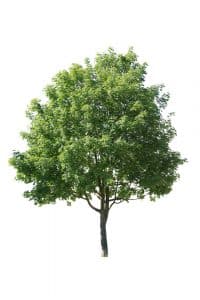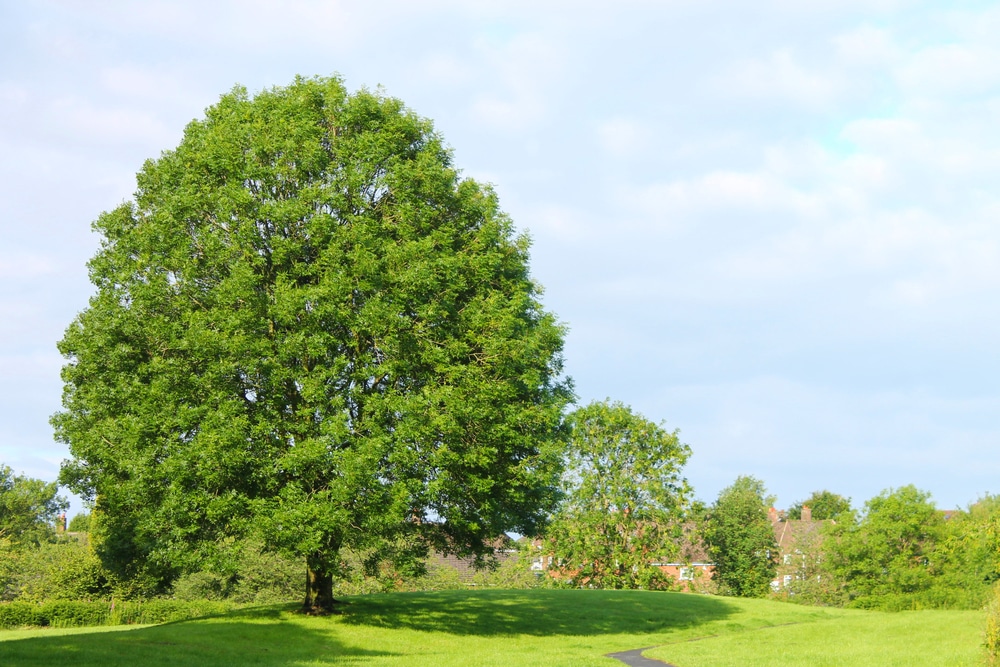Do you have a small to medium size yard and are searching for a tree with thick leaves to provide ample shade? You may consider a Fan-Tex ash tree but wonder what are the Fan-Tex ash tree pros and cons.
The Fan-Tex ash is a cultivar of what’s commonly known as the Arizona ash tree, Fraxinus velutina. The Arizona ash tree is found all over southwestern North America, from California to Texas and from eastern to central Mexico.
The Fan-Tex variety of the Arizona ash is also called the Rio Grande ash tree. What makes it a separate cultivar from the usual Fraxinus velutina? It has smooth, glossy leaves that retain water better, and it is more suited to growing in alkaline soil than the original Arizona ash. On sight, it’s difficult to differentiate between the two, but you can find the Fan-Tex ash tree in and around San Antonio and other parts of Texas than the Arizona ash tree now is.
Fan-Tex Ash Tree: The Pros
If you live almost anywhere in Texas or anywhere where loamy, sandy, or otherwise alkaline soil is present, the Fan-Tex ash tree will grow well where you plant it. One reason for its name is that it provides fanlike shade cover throughout the spring and summer months when we need shade the most.
These are fast-growing trees, reaching their full size of about 40 feet tall in just a decade. They make gorgeous linings for driveways or golf courses, and they will provide shade almost the entire year.
This tree is tougher when it comes to drought and winds than its Arizona cultivar, which is to say it’s a survivor. It requires watering three or four times a month during the summer months and even less in the fall and winter months.
Because the Fan-Tex ash tree is deciduous, its leaves will change color in the fall, and they’ll drop before wintertime. Some areas may not get cold enough for the tree to lose its leaves, and in that case, you’ll get to enjoy its yellow-gold autumn coloring throughout the cooler weather before the tree becomes bright green again.
Fan-Tex Ash Tree: The Cons
The Fan-Tex ash is especially susceptible to fungal diseases like Texas root rot. Ash trees are generally vulnerable to catching an infection from the soil-borne verticillium wilt and a fungal infection of the roots. If you don’t deal with these infections by isolating infected trees from healthy ones, you could lose all your ash trees and, therefore, all your hard work in cultivating them.
Fan-Tex ashes also attract borer insects, which dig holes into the wood. These can be controlled and prevented by using pesticides, which some may not wish to use, but it’s either pesticides or borer insect infestation, so there are not many choices there.
Ash trees, especially the Fan-Tex ash, are not too fond of drastic pruning. You must prune your ash trees as they grow so that they grow to your desired shape, but prune sparingly. Only prune dead or dying branches or those that will inhibit the growth of healthier ones. Otherwise, you will need to space out your Fan-Tex ashes, so they are not too close together.
Final Thoughts
The Fan-Tex ash tree might be the perfect arboreal addition to your property if you live in a place with loamy, alkaline soil and full sunlight.
However, be aware that they are fast-growing trees, so be prepared. Don’t plant them in any area that has been affected by root rot before—start in a fresh, new place and keep an eye on wilt and pests. While there are Fan-Tex ash tree pros and cons, these trees will provide you with shade and glorious, bright leaves for decades to come.

